Our Lady of Ljeviš
A 14th-century Serbian Orthodox church that was once converted into a mosque under the much-disfavored Ottoman Empire.
Our Lady of Ljeviš is a medieval Serbian Orthodox church located in Prizren. The building is not only a place of worship but a symbol of national and cultural identity for the Serbian Orthodox community. Its inclusion as a UNESCO World Heritage site recognizes its importance as a testament to the region’s medieval heritage and artistic legacy.
The church was constructed at the beginning of the 14th century, during the Serbian medieval period, and is renowned for its Byzantine-influenced architecture. It showcases a unique blend of architectural styles, combining elements of Byzantine, Romanesque, and Gothic traditions. Having been built during the reign of the King of Serbia, Stefan Milutin, on the site of a former Byzantine church, it features frescoes by Byzantine Greek painters Michael and Eutychios Astrapas.
The exterior of Our Lady of Ljeviš features intricate stone carvings, decorative brickwork, and ornate detailing, showcasing the exquisite craftsmanship of the time. The church’s distinctive design includes a cruciform shape with a central dome, accompanied by smaller domes and decorative towers. Inside the church, visitors can admire remarkable frescoes that adorn the walls, dating back to the 1300’s. These frescoes are renowned for their artistic quality, vibrant colors, and religious depictions, showcasing the rich cultural heritage and religious significance of the church. In 2004, many medieval frescoes were damaged during a period of intense ethnic unrest.
Throughout its history, Our Lady of Ljeviš has faced significant challenges, including damage during conflict and periods of neglect. Since then, efforts have been made to restore and preserve the church, ensuring its architectural and historical value endures. Today, the church is a significant cultural and architectural landmark, attracting international visitors who appreciate its historical, artistic, and religious significance. It serves as a reminder of the distinct Serbian heritage—in its wrestle with the Ottoman Empire as well as its existence in the present day—together with the cultural diversity found in the region.
Know Before You Go
The church is surrounded by a fence and is not open to the public. You can request guided entry by contacting the church. Most people are not able to go inside, and admire the exterior of the church.


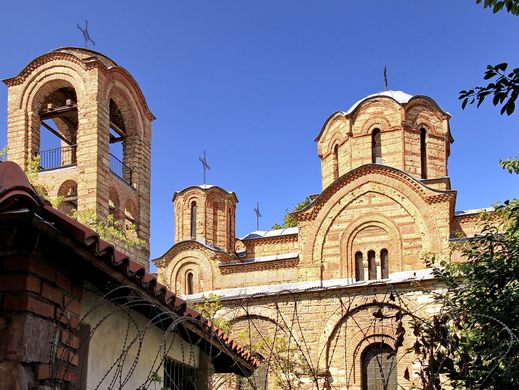

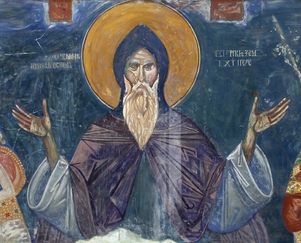
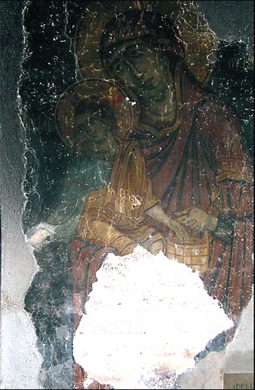








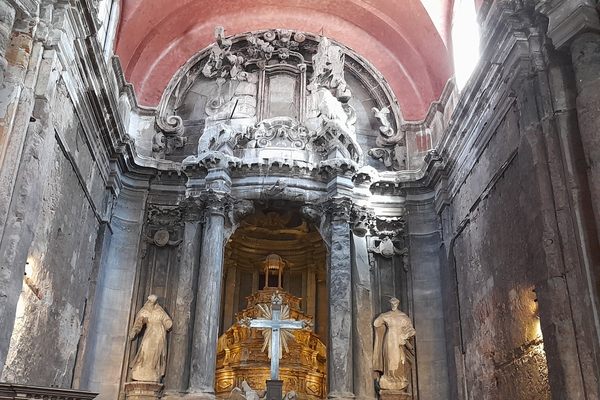

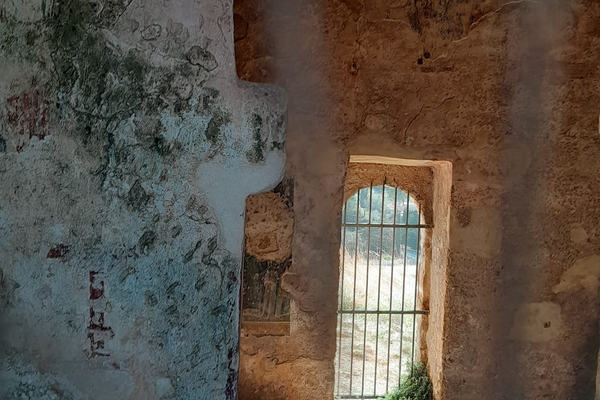
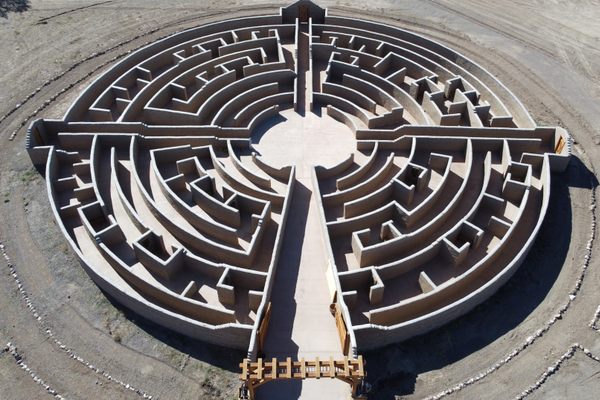

Follow us on Twitter to get the latest on the world's hidden wonders.
Like us on Facebook to get the latest on the world's hidden wonders.
Follow us on Twitter Like us on Facebook